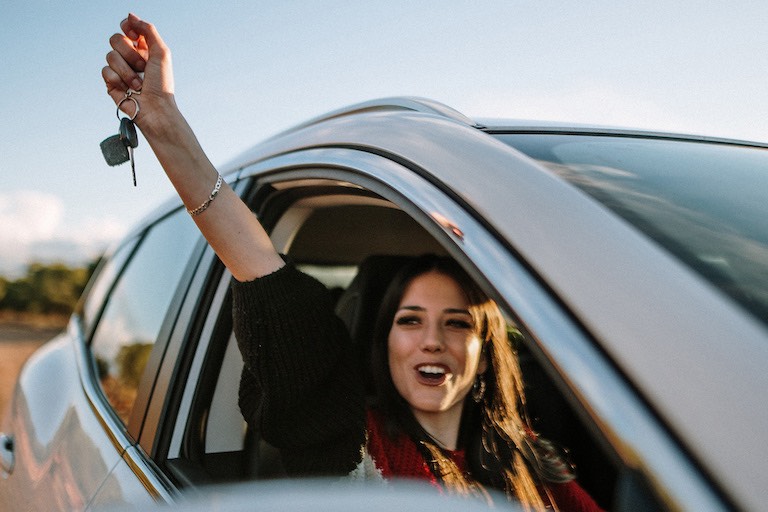
Gen Z turns away from manual licences
Fewer young Aussies are learning to drive stick, prompting a 50 per cent demand dropThe News
The number of young Australians obtaining a manual licence has plunged over the past decade, with cost, convenience and the dwindling availability of manual cars all driving the shift towards automatic-only licences.
The Key Details
- Manual licences among 18-35s in Victoria fell 45.7 per cent between 2014/15 and 2024/25
- NSW manual driving tests dropped from 23,728 in 2020 to 18,990 in 2024
- NSW automatic tests in turn surged from 214,298 to 289,426
- Manual lessons can cost more than double that of an automatic
- Only 3.5 per cent of new car sales in Australia in 2023 were manual
The Finer Details
New data from VicRoads has revealed the number of drivers aged 18-35 issued with a manual licence fell from 19,208 in the 2014-15 financial year to 10,438 in 2024-25 – a reduction of 8770.
In NSW, the number of manual tests passed has also declined, with Transport for NSW data showing 23,728 manual licences were issued in 2020 compared with just 18,990 in 2024.
On the flipside, the number of drivers undertaking automatic licence tests in NSW increased from 214,298 to 289,426 over the same period.
Data from EzLicence, which analysed driving lesson prices across Australia between April 2024 and March 2025, also indicates a decline in the number Gen Zers learning to drive manuals.

During that 12-month period, 53,948 17-19-year-olds and 31,242 20-29-year-olds undertook automatic driving lessons, while only 10,460 17-19s and 3817 20-29s undertook manual lessons.
So, what’s causing the decline in Gen Z learning to drive manual cars and getting their manual licences?
According to experts, there are a whole host of factors, with two of the biggest being the cost-of-living crisis and exorbitant lesson costs.
EzLicence found that manual driving lessons are overwhelmingly more expensive than automatic lessons – more than double in some cases.
Adelaide is by far the most expensive city to learn manual, with lessons averaging $271.20 per hour, with automatic lessons sitting at $112.93 per hour.

In Canberra, manual lessons are $92.90 per hour and auto lessons average $84.32, while in Geelong, manual lessons are $87.50 per hour and auto lessons are $84.05.
Another contributing factor is the declining and reduced availability of manual vehicles for instructors to utilise for lessons, not to mention for parents/new drivers to purchase.
The reduction of manual cars is also influencing the number of instructors able to help learners drive a manual car, says Amanda Butler, Head of Marketing at EzLicence.
“Manual instructors are in short supply nationwide, making lessons harder to access and more expensive,” EZLicence marketing boss Amanda Butler said.
“With fewer manual cars on the road, many learners no longer see the need to master the transmission.”

RACV Driver Education and Development Manager Silvia Morris meantime said the difficulty of learning to drive a manual can also prove an obstacle.
“Car control is only a small part of what a learner driver needs to master when learning to drive,” she told carsales.
“Learning to drive a manual vehicle does, however, add an additional element of skill and coordination that needs to be developed, and some individuals may find it more challenging than others to develop this skill.
“Learning to drive in either an automatic or manual car requires practice, so either way, the more driving experience a learner has, the more confident and capable they will be on the road when they undertake the driving test.”
The Road Ahead
With just 3.5 per cent of new cars sold in Australia in 2023 being manuals and largely confined to utes and commercial vehicles, the stick shift’s decline is unlikely to reverse.
For Gen Z, learning to drive is no longer about mastering the clutch; it’s about getting on the road quickly, cheaply and in line with a market dominated by automatic and electric cars.
Related: MINI farewells the manual gearbox
Related: Why your kids should learn to drive a manual car
Related: Why manual car drivers are better people... and lovers


Please see our Editorial Guidelines & Code of Ethics (including for more information about sponsored content and paid events). The information published on this website is of a general nature only and doesn’t consider your particular circumstances or needs.














